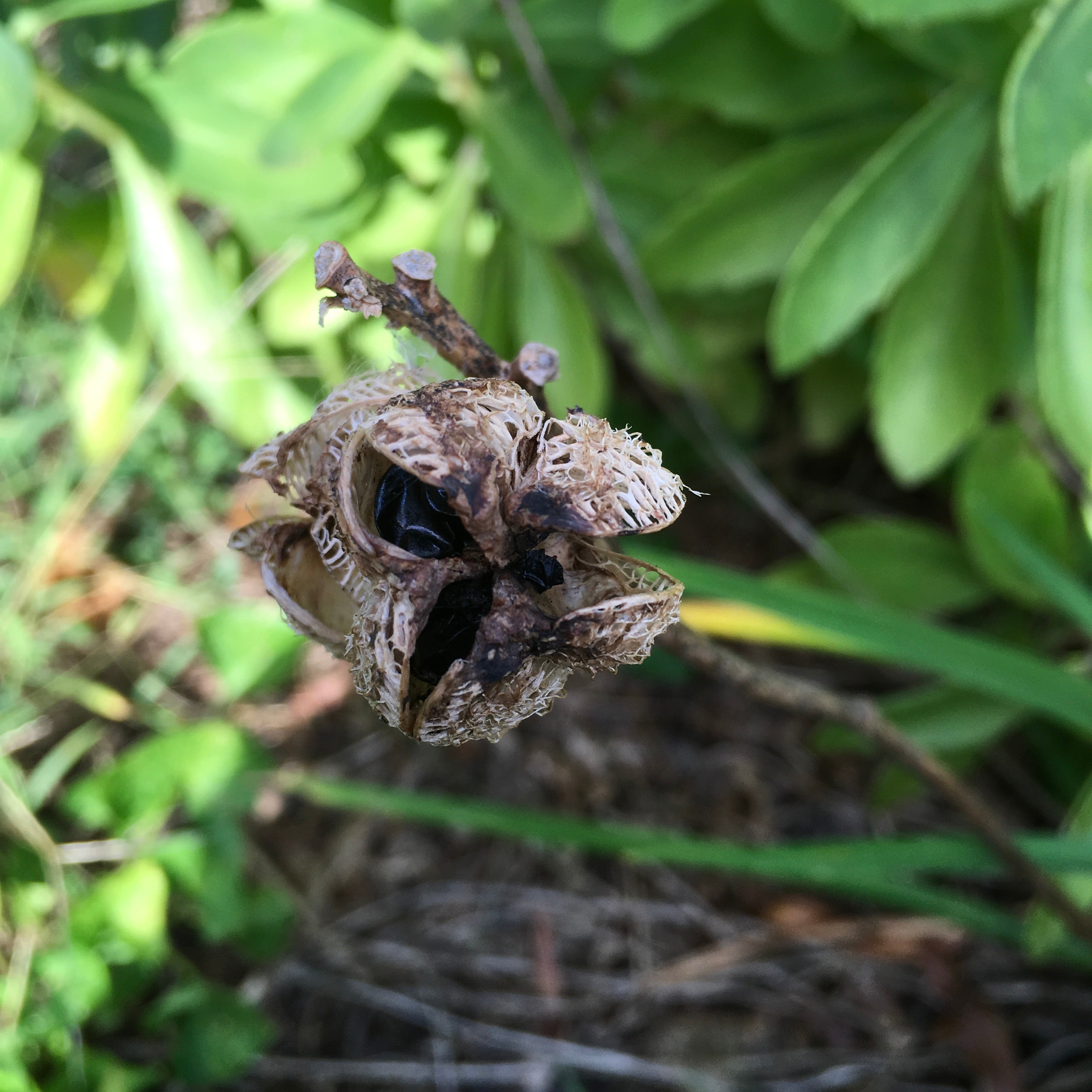Harvesting Daylily Seeds: Learn About Daylily Seed Propagation


Daylilies are some of the most popular perennials in any flower garden, and it’s easy to see why. Coming in a huge array of colors and sizes, daylilies are versatile, reliable, and so easy to grow. What if you want to spread the love? It’s possible (and encouraged) to divide the plants every few years, but if you want to try something different, why not collect and germinate your own daylily seeds? Keep reading to learn more about harvesting daylily seeds and daylily seed propagation.
Why Daylily Seed Propagation?
The main reason for propagating daylilies from seed is hybridization. Daylilies cross pollinate very easily and can result in some very interesting results. If you grow your own hybrids from seed, it’s possible to have some truly unique (and possibly very valuable) daylilies in your garden. To cross pollinate, just pick two parent plants with traits you’d like to see combined. With a cotton swab or painter’s brush, gently brush the pollen off the stamen of one plant’s flowers and deposit it on the pistil of another plant. Mark the flowers with the deposited pollen to make sure you don’t accidentally pick them. Let the flower fade naturally – there’s about a 50% chance that it will develop into a seed pod.
Harvesting Daylily Seeds
If the flower gives way to a seed pod, let it dry naturally on the stem. When it turns brown and just starts to split open, pick it and store it in a warm, dry place until you’re ready to plant. It’s possible to plant the seed immediately.
How to Plant Daylily Seeds
Growing daylilies from seed is easy and can be sown directly in the ground in most climates. In moist soil with lots of incorporated organic matter, sow the seeds at a depth of ½ to ¾ of an inch (1-2 cm.). Keep the soil moist until seedlings emerge, which should take one to two weeks. If starting the seeds indoors, don’t transplant them out until all chance of frost has passed in the spring. It may take two to three years for your new daylilies to produce flowers, but when they do, they’ll be in a color and pattern that may be completely new to the world!
Sign up for the Gardening Know How newsletter today and receive a free copy of our e-book "How to Grow Delicious Tomatoes".

The only child of a horticulturist and an English teacher, Liz Baessler was destined to become a gardening editor. She has been with Gardening Know how since 2015, and a Senior Editor since 2020. She holds a BA in English from Brandeis University and an MA in English from the University of Geneva, Switzerland. After years of gardening in containers and community garden plots, she finally has a backyard of her own, which she is systematically filling with vegetables and flowers.